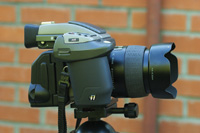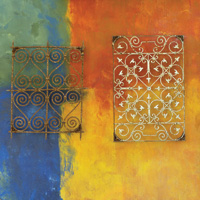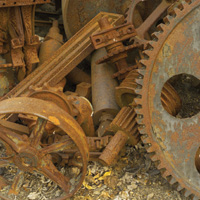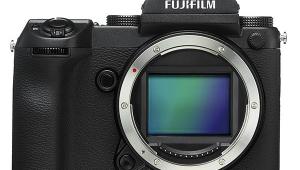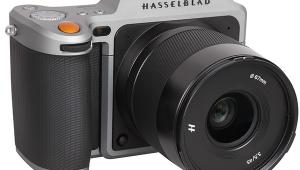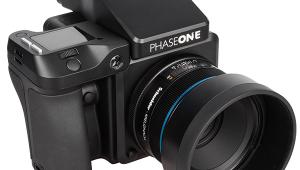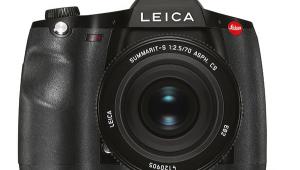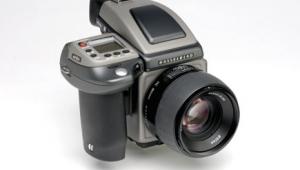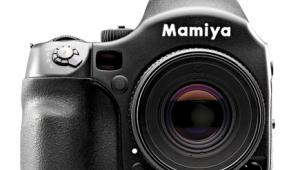Hasselblads H1 And Kodaks Pro Back 645H
With high-end 35mm digital SLRs currently sporting 11 to 14-megapixel resolution, some photographers ask the question: Is there still an advantage to medium format if you work only in digital? The "H" Is For Hybrid |
|||
Using The H1 |
|||
Kodak's Pro Back 645H: Transforming The H1 Into A Digital Camera Square Again |
|||
Pro Back 645H Software And Workflow |
|||
Some Tests Our Test Results Conclusion Technical Specifications |
- Log in or register to post comments
